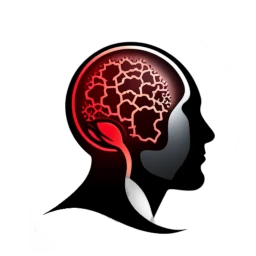“Artificial Intelligence (AI) programming is at the forefront of technological advancements, shaping the future of automation, machine learning, and intelligent systems. In this article, we will delve into the world of AI programming, exploring its significance, key concepts, and how you can get started on your AI programming journey.
Understanding AI Programming
AI programming involves creating software and algorithms that enable machines and systems to perform tasks that typically require human intelligence. These tasks include problem-solving, learning from data, understanding natural language, recognizing patterns, and making decisions.
Key Concepts in AI Programming
1. Machine Learning: Machine learning is a subset of AI that focuses on developing algorithms that can learn from data and improve their performance over time. Common techniques include supervised learning, unsupervised learning, and reinforcement learning.
2. Neural Networks: Neural networks are computational models inspired by the human brain. They consist of interconnected nodes (neurons) organized in layers and are used in tasks like image recognition and natural language processing.
3. Natural Language Processing (NLP): NLP involves teaching computers to understand and generate human language. It has applications in chatbots, language translation, sentiment analysis, and more.
4. Computer Vision: Computer vision enables machines to interpret and understand visual information from the world, making it useful in image and video analysis, autonomous vehicles, and facial recognition.
5. Deep Learning: Deep learning is a subset of machine learning that uses deep neural networks with many layers to model complex patterns in data. It has achieved remarkable success in various AI applications.
Getting Started with AI Programming
1. Learn Programming Languages: To get started with AI programming, you’ll need a strong foundation in programming languages like Python, R, or Julia. Python, in particular, is widely used in the AI community due to its extensive libraries and readability.
2. Understand Mathematics: AI programming involves mathematical concepts such as linear algebra, calculus, and statistics. A good grasp of these fundamentals is essential for creating and optimizing AI algorithms.
3. Explore AI Frameworks: Familiarize yourself with AI frameworks like TensorFlow, PyTorch, and scikit-learn. These libraries provide pre-built functions and tools for implementing AI models.
4. Online Courses and Resources: There are numerous online courses, tutorials, and resources dedicated to AI programming. Platforms like Coursera, edX, and Udacity offer specialized AI courses.
5. Practice with Projects: Apply your knowledge by working on AI projects. Start with simple tasks like image classification and gradually move to more complex projects like building chatbots or developing recommendation systems.
6. Stay Updated: AI is a rapidly evolving field, so staying updated with the latest research and trends is crucial. Follow AI conferences, research papers, and AI communities to keep learning.
AI programming is a dynamic and rewarding field that empowers developers to create intelligent systems capable of solving real-world problems. Whether you’re a seasoned programmer or just starting, AI programming offers exciting opportunities to shape the future of technology and automation.

